If you look at the datasheets for a 32K SRAM chip and a 32K EPROM, you'll see that the pinouts and data access waveforms are nearly identical. Here are the few things we need to deal with:
- A14 needs to be rerouted from pin 27 of the EPROM plug to pin 1 of the SRAM.
- /CS needs to be pulled up on the SRAM in order to force it into low power mode when unplugged.
- VPP needs to be rerouted from pin 1 on the EPROM plug to pin 27 (/WE) of the SRAM, and the waveform needs to be changed. On EPROM chips, VPP is held at +5V while idle, then jumps to +12.5V when writing a byte to memory. The SRAM chip expects +5V when idle and GND to write.
 Nicholas Amrich
Nicholas Amrich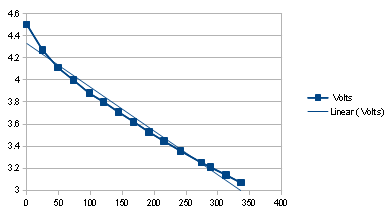







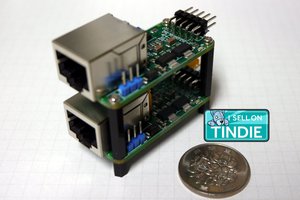
 Alexander Williams
Alexander Williams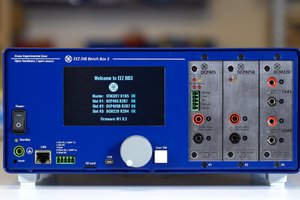
 Denis
Denis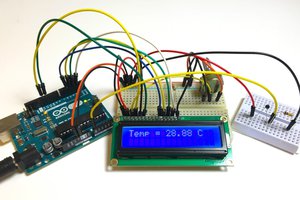
 engineerkid1
engineerkid1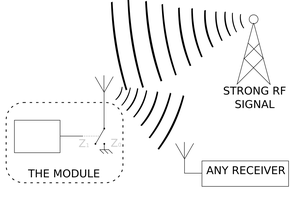
 Julien
Julien
Hello, thanks for the project. I found It looking for ways to change an EEPROM, At28c64b-15pu for an sram or RAM ic. Is It possible? I do not care if I have to write each time the program. It's for an educational simple computer, made with 74 ICs.